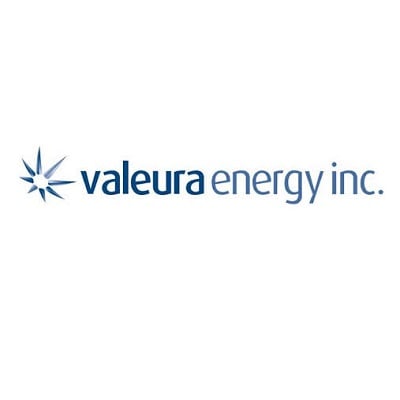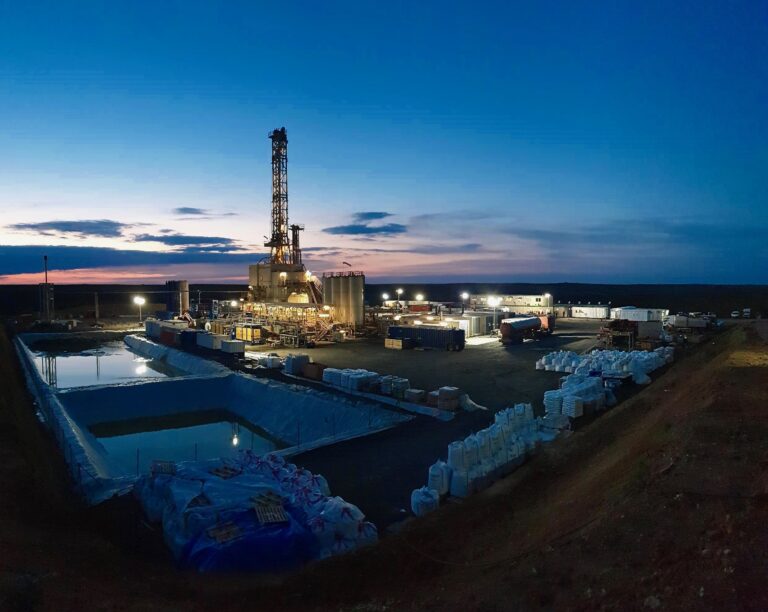The rig’s silhouette against the Gulf of Thailand horizon suggests more than another rotation of bit and barrel. It marks a deliberate rhythm in Valeura’s longer-term orchestra, where each new borehole and platform module is a calculated section of a symphony still unfolding beneath Southeast Asian waters.
Through the second quarter of 2025, Valeura marshalled Borr Drilling’s Mist jack-up rig to launch roughly ten new development wells across three existing Nong Yao wellhead platforms. This sequence of infill sidetracks and fresh bores on the recently installed Nong Yao C deck is more than routine maintenance, it embodies the company’s playbook of small-scale, high-efficiency bolstering of mature fields. By weighting its output profile toward the second half of the year, the group preserves near-term guidance while priming future volumes as the campaign wraps by Q4 2025.
That operational cadence follows on from an eight-well drive completed earlier in 2025 on the B5/27 licence, where Jasmine C, Ban Yen A and Jasmine D horizons yielded production rates consistent with Q1 levels, compensating for natural declines. Horizontal laterals equipped with autonomous inflow controls underscored how technical nuance can unlock hydrocarbon pay zones once deemed marginal. Even where the Ratree exploration well saw only traces of charge, the learnings feed into a pipeline of prospective targets for next year’s drilling slate, extending field life on a block that has become a cash-flow workhorse.
Valeura’s pivot from drilling to development is mirrored in its recent final investment decision on the Wassana field redevelopment. Slated for first gas by the second quarter of 2027, the addition of a central processing platform there promises to drive down per-unit operating costs, aggregate production streams and serve as a hub for future satellite tie-backs. This hub-and-spoke model typifies the group’s asset-by-asset approach: deploy modest capital, mitigate execution risk, then leverage existing infrastructure for incremental barrels and cubic feet.
Financial discipline underpins each move. Revenue of US$129.3 million in Q2 reflected the headwinds of softer oil prices, yet the balance sheet remains robust, free cash flow funded and debt conservatively managed. Production weighted to H2 allows the company to maintain its 2025 guidance of 23.0 to 25.5 thousand barrels of oil equivalent per day, even as wells are drilled and brought online. With the drilling campaign on track and FID spent, investors are watching for how the ramp-up from both Nong Yao and Wassana will reshape full-year volumes and margins.
In a market where tier-one deepwater assets garner most attention, Valeura’s subsea-light, jacket-and-jack-up strategy in shallow Thai waters is contrarian. It eschews mega-projects in favour of repeatable, low-complexity developments. That allows for faster cycles from sanction to production and shields against ballooning capex overruns seen in larger fields. Moreover, the partnership with Thail-and’s energy major gives an added layer of de-risking through established local operations and shared infrastructure responsibility.
The campaign’s finish line in Q4 will not just signify the end of drilling; it will signal a transition to well interventions, tie-ins and production optimisation. As the rig moves on, attention will shift to which satellites can feed into the Wassana hub and how infill wells on Nong Yao platforms can further flatten decline curves. Early data from horizontal sidetracks will inform whether future campaigns can target deeper or bypassed reservoirs, potentially unlocking reserves beyond the current booked volumes.
For investors focused on sustainable yield and balance-sheet resilience, Valeura’s playbook offers several attractors. It couples predictable, oil-weighted cash flow with optionality on gas volumes as Thai domestic demand evolves. It layers modest, staged capex against existing earnings and leaves scope for further acreage acquisition under the umbrella of Petronas-led infrastructure. And it avoids the binary outcomes of frontier exploration, leaning instead into fields where past capital outlay has already borne fruit.
Looking ahead, the key metrics will be the timing and volumes of H2 production, unit lifting cost trends as new wells hit plateau, and the execution milestone at Wassana’s platform build. Each of these will validate, or challenge, the notion that small-field work programmes can deliver outsized ROI in a market starved for efficient, brownfield growth.
Valeura Energy Inc (TSX:VLE) is an upstream oil & gas company, with a clear strategy to add value for shareholders. The Company has a strong balance sheet positioning it for potential inorganic growth opportunities in the near/medium-term, and substantial longer-term upside potential through an operated deep, tight gas play.











































